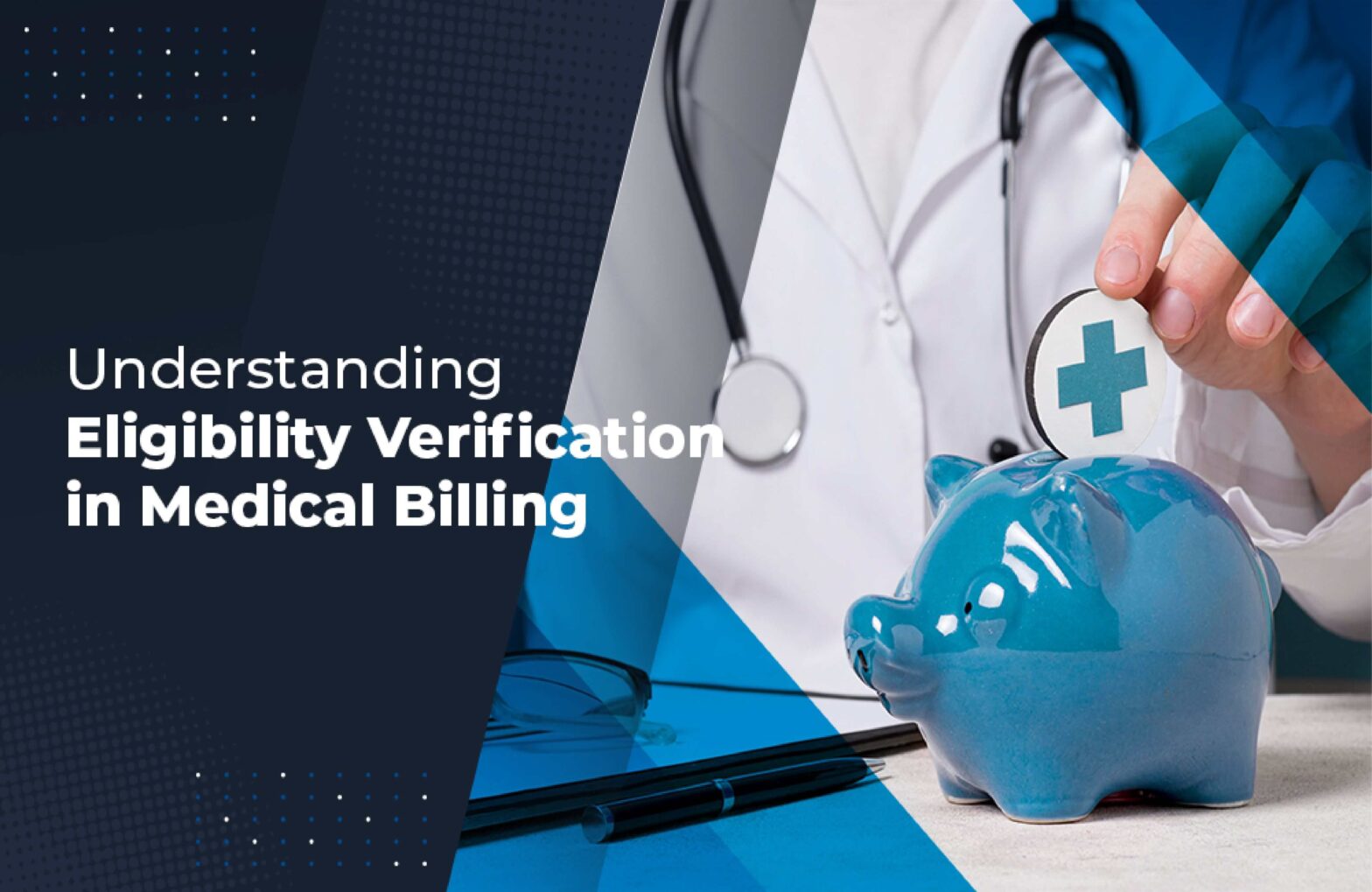Understanding Eligibility Verification in Medical Billing
Healthcare providers receive 5-10% of their claims denied, according to the Medical Group Management Association (MGMA). Increasing revenue and financial stability can be achieved by reducing denials of claims through eligibility verification.
Billing for medical services is a complex and critical process involving several steps. All healthcare providers must verify their eligibility status to ensure they get reimbursements accurately and on time.
By verifying medical eligibility, one can confirm the benefits and extent of coverage a patient has before providing them with medical treatments. Here we look closer at how critical eligibility verification is to medical billing and how one easily ensures stringent reimbursements.
Eligibility Verification is Important
In an earlier study done by the American Medical Association (AMA), 23.9% of denied claims were attributed to eligibility or registration issues. Verifying eligibility can reduce the risk of denied claims due to eligibility issues, resulting in more revenue and cash flow. The following reasons make eligibility verification crucial in medical billing:
Avoid Claim Denials:
The eligibility verification process helps prevent claim denials by ensuring that patients have active insurance coverage and that their plan covers the services they receive. Denials of claims can cause healthcare providers to lose revenue and delay payments.
Accurate Billing:
Eligibility verification is essential to ensure accurate billing by confirming the patient’s insurance plan, benefits, and pre-authorization requirements. Payment delays or audits can be avoided by accurate billing, which reduces the risk of overbilling or underbilling.
A Better Patient Experience:
Verifying eligibility can reduce confusion and uncertainty about insurance coverage and patient costs. Patients will likely be more satisfied with their healthcare experience if they are informed about their insurance coverage and expected costs.
The following examples illustrate medical billing eligibility verification:
To maintain good health, Jane visits her primary care physician regularly. Jane’s healthcare provider verifies her insurance coverage and benefits using an electronic verification tool before the visit. The tool confirms that Jane’s insurance plan covers the visit, and the healthcare provider schedules the appointment. Within two weeks of the visit, Jane’s insurance company pays the claim submitted by the healthcare provider.
A surgical procedure is scheduled for John with a specialist. The healthcare provider confirms John’s insurance coverage and benefits through an electronic verification tool before the procedure. Health providers obtain pre-authorization from John’s insurance company before proceeding with the procedure when the tool indicates pre-authorization is required. In three weeks, John’s insurance company pays the claim submitted by the healthcare provider.
The Best Practices for Verifying Eligibility
Verifying eligibility is crucial to ensure accurate reimbursements. Healthcare providers need to follow best practices to ensure timely reimbursement. Among these best practices are:
Verify Patient Insurance Coverage On Every Visit:
Before each visit, healthcare providers should check with patients’ insurance companies to determine whether they have coverage for their needed services. Preventing claim denials and improving billing accuracy can be achieved by verifying insurance coverage before every appointment.
Tools For Electronic Verification Should Be used:
Healthcare providers can use certain electronic verification tools to verify insurance coverage and benefits. It is possible to acquire information on a patient’s insurance coverage in real time using such tools while reducing the chances of delays and errors.
Check the Patient’s Information:
A healthcare provider is responsible for verifying their patients’ information: date of birth, name, and insurance identification number stored with the information that the insurance company has on file. Verifying patient information can improve billing accuracy in addition to reducing the risk of claim denials.
Pre-authorization Requirements Should Be Checked:
Healthcare providers should check pre-authorization requirements for healthcare services. There are pre-authorization requirements for each insurance plan, and claims can be denied if they aren’t met. Reducing the risk of claim denials and improving billing accuracy is possible by checking for pre-authorization requirements before providing services.
Eligibility Verification Training for Staff:
Staff members at healthcare providers should be trained in eligibility verification processes and best practices. The training of staff on eligibility verification reduces the risk of errors and delays and improves billing accuracy.
What Next?
Verifying eligibility is a crucial step in the medical billing process that ensures accurate reimbursement for healthcare providers. Healthcare providers can reduce the chance of denied claims by verifying a patient’s insurance coverage and benefits before providing medical services. This also improves billing accuracy and enhances the patient experience.
Medical billing eligibility verification is an important part of what we do at Capline Healthcare Management. You can benefit from our experienced team’s expertise in streamlining eligibility verification and improving revenue and financial stability. Contact us today for more information about our medical billing services and how we can help your healthcare organization.



